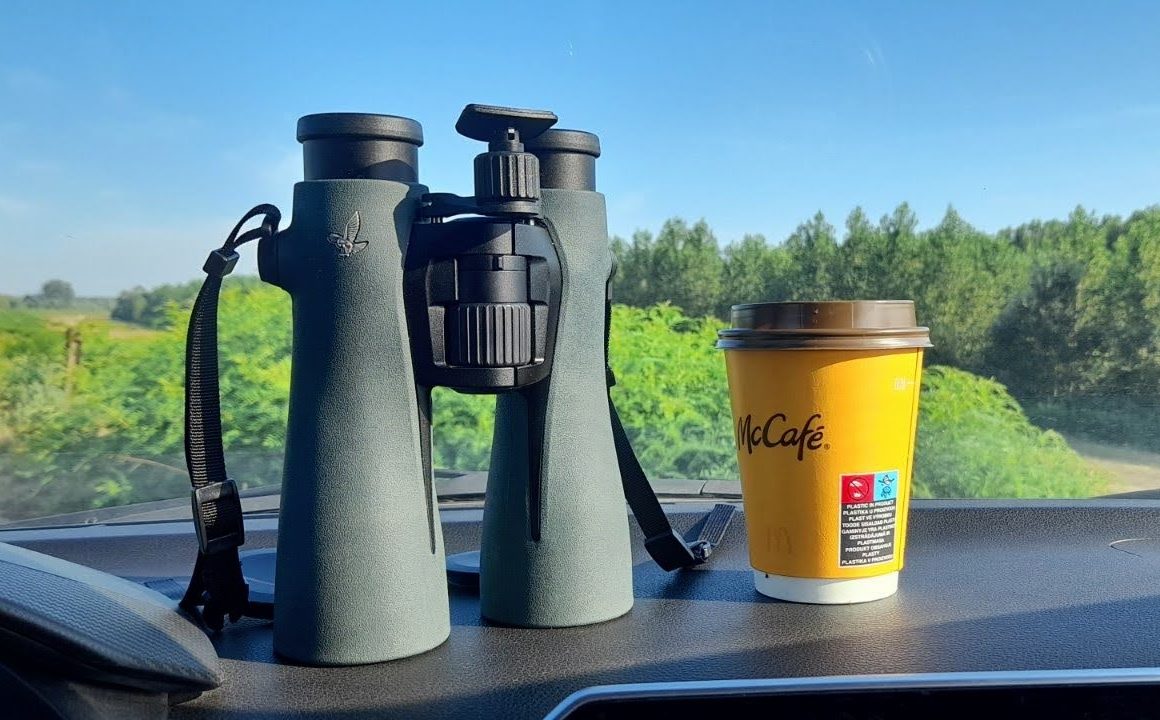
When the new NL 10x and 14×52 mm binoculars were announced by Swarovski Optik, even though I find this series a bit oversized for my tastes, I was still curious about the 10s. I mean, which birder uses 14s? Do you know anyone using such a high magnification? Exactly, neither do I.
Yet, my regional sales rep didn’t have any 10×52 at the moment and convinced me to try the 14s, saying they were made with birders in mind. Yeah, right, I was thinking, it’s just a sales pitch. I lived to change my mind. 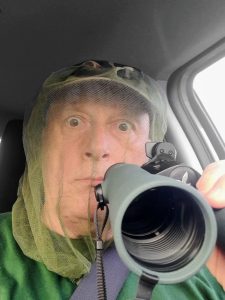 Around 6 am the next morning, I was nearing my local patch of Beljarica Floodplain to test the 14s at my usual stomping grounds where I am used to local species and landscape, at their usual distances from the observer, so I could immediately spot a different experience. After a fortnight heatwave, the temperature was mercifully in the low 20s. Yet, as I was soon to discover, after the recent heavy showers, the mosquitoes were rife. And hungry, too.
Around 6 am the next morning, I was nearing my local patch of Beljarica Floodplain to test the 14s at my usual stomping grounds where I am used to local species and landscape, at their usual distances from the observer, so I could immediately spot a different experience. After a fortnight heatwave, the temperature was mercifully in the low 20s. Yet, as I was soon to discover, after the recent heavy showers, the mosquitoes were rife. And hungry, too.
My first bird was a Black Stork, quite close by. And that was the moment of truth: for the first time, I reached for the NL 14x52s. It has been about two decades since I used 50 mm lenses—I love smallish binoculars and normally use NL 10x32s. Although heavier than my standard bins, about 1 kg (1020 g/36.0 oz)—they didn’t strike me as hefty. They felt good. They felt right. Expectedly, the views were bright and crisp, focused edge to edge. The stork flew into the willow grove in front of me. I could hear the loud, rasping call of a Common Pheasant.
Their ergonomic wasp-waist really does make them comfortable to handle. When you hold them by the waist, you can lift all four fingers and leave them only on your thumbs – well balanced, they remain horizontal, not falling forward or backward. 14x52s are unexpectedly comfortable to use for usual short observations, 10 to 20 seconds, yet I had a Wryneck preening itself right in front of me, and I wanted to observe its flying silhouette, so I waited for minutes for the bird to take flight. And that is where the difference in weight became pronounced. Used to about 0.6 kg (640 g/22.8 oz), after several minutes with 1 kg in my arms frozen in their position, I started to feel tired, enough to put them down for a few moments, and when I put them up again, my woodpecker was gone.
Climbing the levee, I can see the flooded expanse on my left, and the grassland on my right-hand side, where young Brown Hares are chasing each other. Little Egrets and Black-headed Gulls are flying above the flooded poplars. Used to 10s, I was afraid that 14s would feel odd, even shocking to see the birds so confusingly large. To my utter surprise, the bins felt so natural as if I were using them for a long time and not just for the last 15 minutes! The field of view felt only slightly narrower, and the birds were seen so well and rich in details! Black-crowned Night Herons, Great White Egrets, they all were flying back and forth, while Pygmy Cormorants were going upriver, from their night roost to spread over the much wider feeding grounds. I could hear a metallic, insect-like song of a Savi’s Warbler.
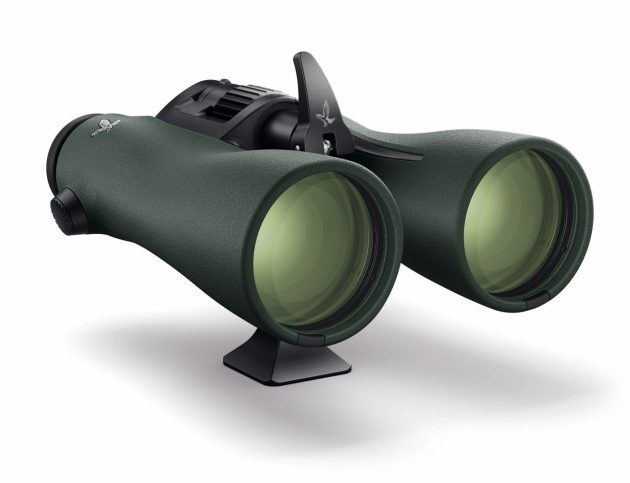
A hunter-friend of mine commented that 14s can be used only with a tripod. Though, birding from a car, I commonly rest my elbow on an open window, yet, quite often I do not. From my experience, NL 14x52s do not need extra support. Yet if that is what you wish for, there is a quick release, firm and easy tripod adapter for NLs.
Watching distant birds with 14s is certainly rewarding, but can you follow flying birds? Especially close-by flying birds? The answer is both yes and no. When dealing with birds with more directional flight, like woodpeckers, you can easily follow them, but having a nearby flock of swallows chasing insects in madly erratic flight, the answer is mostly (but not definitively) no.
A birding friend asked me whether 14x has way too much magnification for birding purposes? I would have thought so too if I hadn’t tried them. 14s are not too much at all, you see much more detail, so much so that you usually don’t need a telescope! Normally, I carry a scope with me, but with 14s I deliberately left the scope behind, wanting to see if this magnification can replace the scope at shorter to moderate distances. And the answer is mostly (but not definitively) yes.
Another question was: isn’t it impossible for your image not to shake, not to have tremors with 14x, no matter how steady your hand is??! Moderate weight and good balance make it possible. “You are completely defeating the purpose of a scope!” Should I drag over 2 kg of optics, or only 1 kg? I vote for 1 kg.
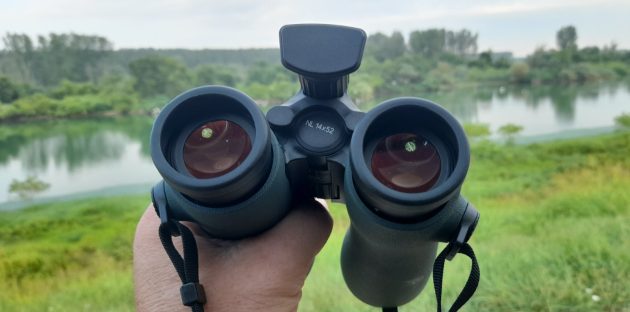
I should add, I did use it with a forehead rest, a comfortable third point of support, particularly useful with larger magnifications such as 12s and 14s, but a friend of mine happily uses the forehead rest on his 8s and has only superlatives for it.
With NLs, choose your model after the dominant habitat type you usually bird. With 14s, keep away from forests or woodland-savannas, for which the FOV is not wide, nor deep enough, and it becomes hard to locate the bird before it flies off, or to focus it in time. NL Pure 14×52s come as a strong, specialised beast, great for larger but distant waterbirds and raptors, but also small, yet closer larks and pipits, and for open habitats such as grasslands, open savannas, deserts, lakes and marshes, cliffs, scree and mountain-tops above the tree-line, and shore-to-sea watching.
Finally, one insider info: many Swarovski users were complaining about the quality of their rubber-armouring. Apparently, the issue is solved and in the future it should not happen.





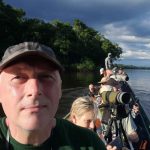
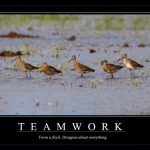
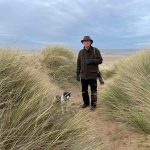
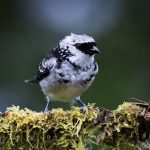
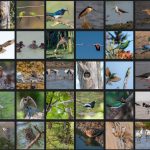

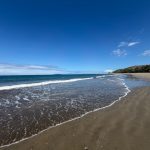
Dragan, you made me buy the 10×42 and now I need to buy these? Come on! There’s only so much on my Christmas list that I will actually get… You cruel person 😉
I thought about getting a high magnification (like 14 to 15x) for quite some time. I mostly bird inland now, and even if I visit a waterbird or shorebird site, the distances are usually less than 500 m. If you have small shorebirds like a Calidris at a few hundred metres, it is very hard to identify with my usual 10x. However, carrying a scope is almost “overpowered”, especially regarding the weight of scope and tripod. Maaaaaybe, after reading this, it’s really not such a bad idea…
Well, I would not dare to say that with 14s you can observe shorebirds at 500 m. At Google Earth, just now I measured the distances where I observed them with 14s: I IDd shore birds up to some 60-70 m, but that was it, already at 80 m I gave up on a particular bird, not being able to see it well (and not feeling like waiting for much longer). At 100 m, I’d be able to tell only the larger species, but not Calidrises.
I just went to the Swarovski web site to check out what they had to say about the 14x52s. They are out of stock. Maybe your article caused a buying frenzy??? 😉